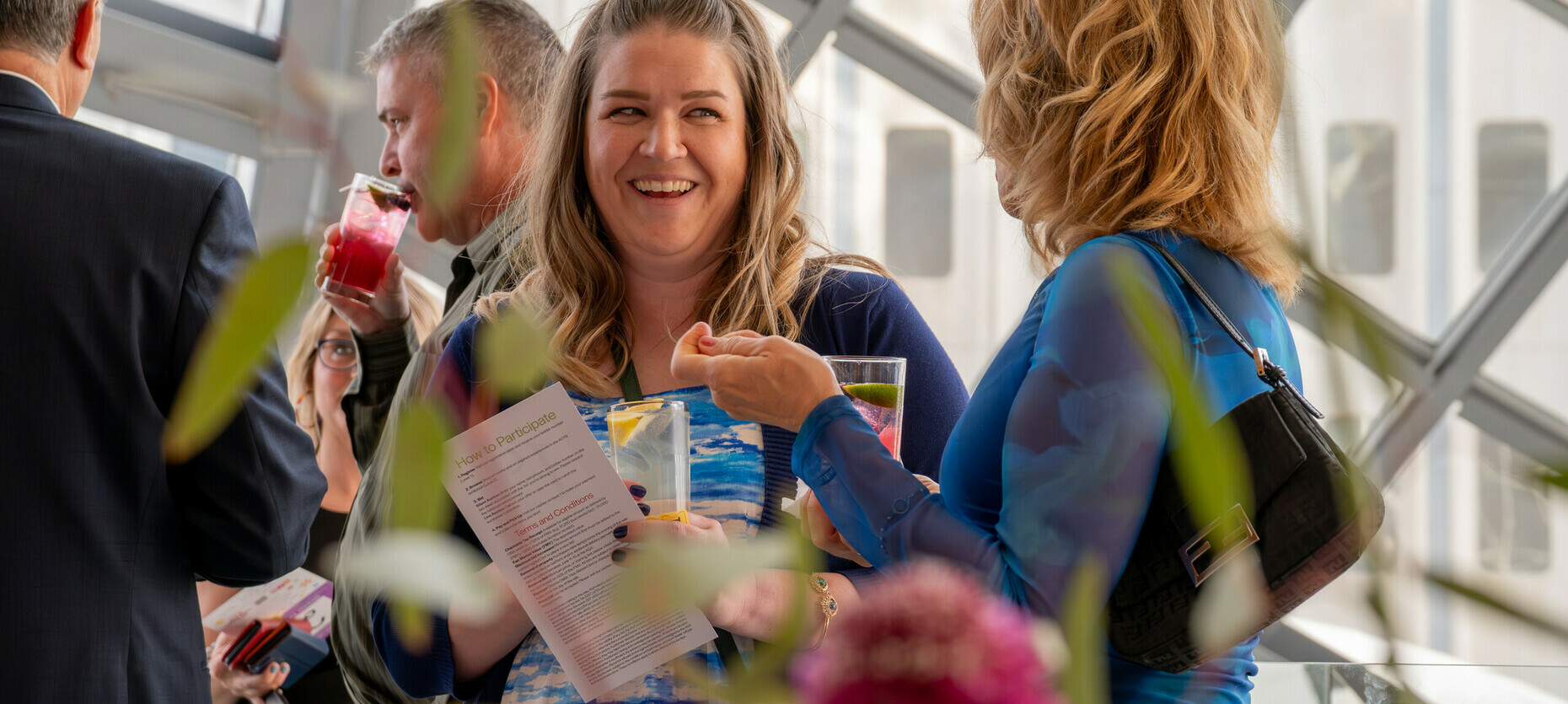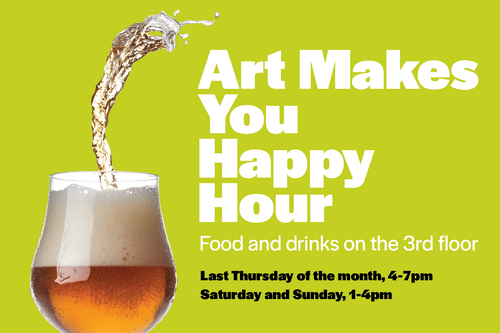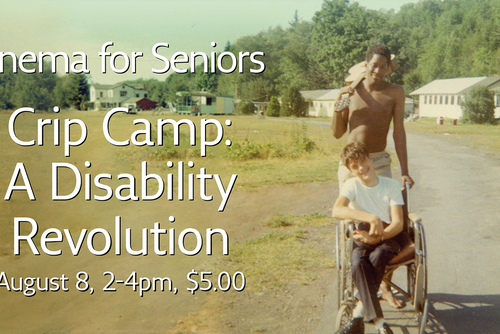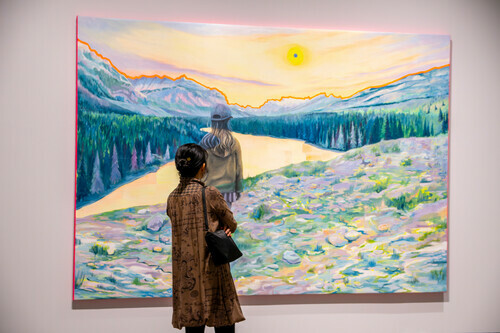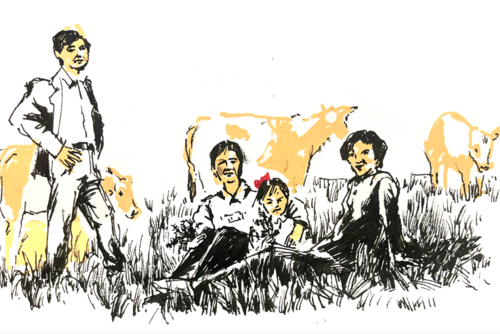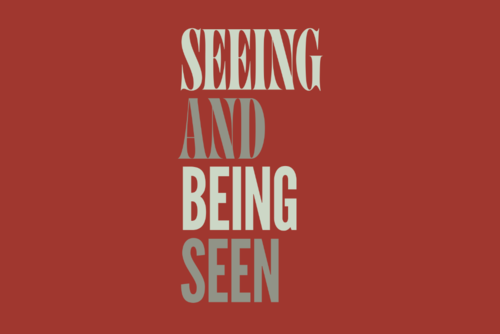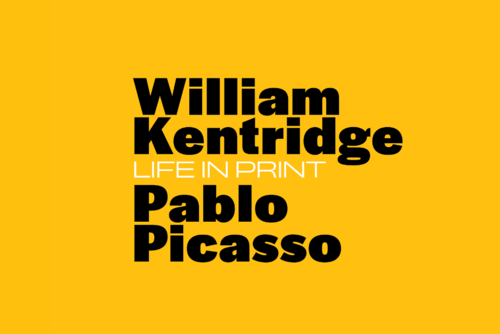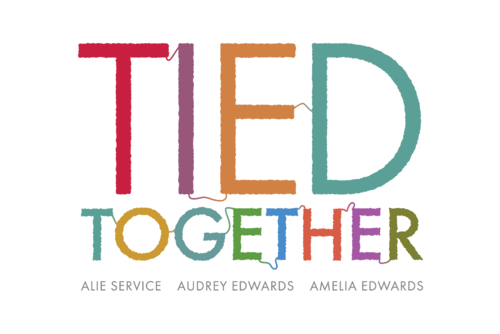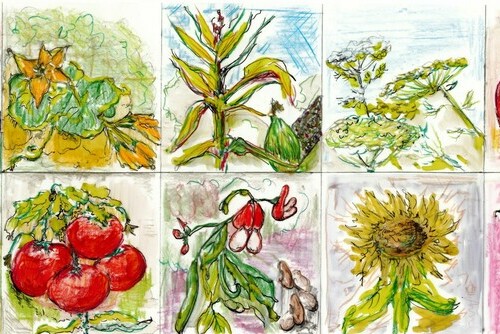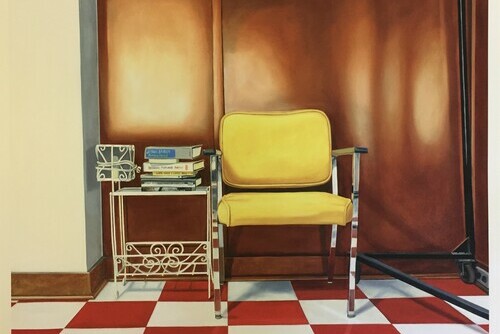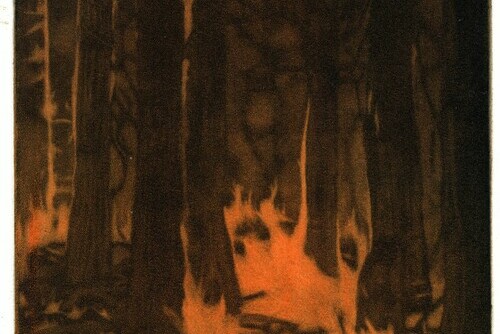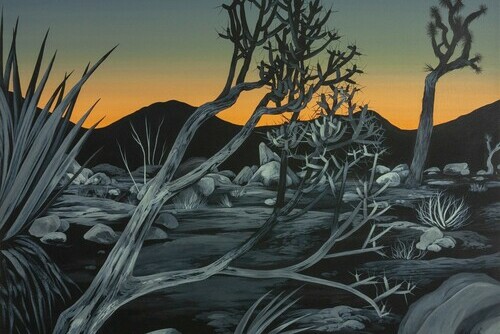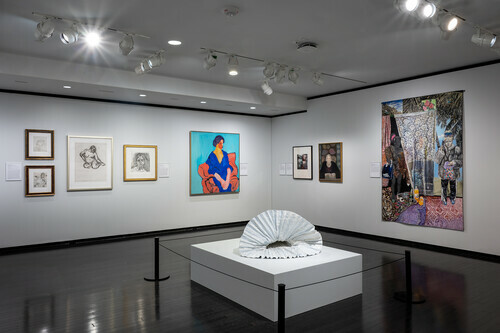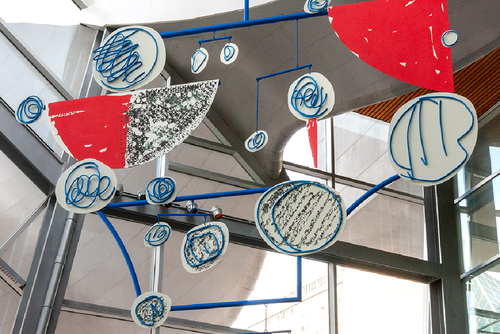Discover the latest exhibitions, programs, and special events at the AGA! Explore a dynamic array of artistic experiences that highlight diverse perspectives, renowned collections, and contemporary Canadian art. From thought-provoking art exhibitions and immersive installations to engaging workshops, tours, date nights and family-friendly activities, there's something for everyone.
Stay updated on seasonal highlights, artist talks, live performances, and exclusive members-only events. There's so much to see and do at the AGA whether you're a long-time art enthusiast or a first-time visitor, so if you're in downtown Edmonton, check out what’s on at the AGA and plan your visit today!

